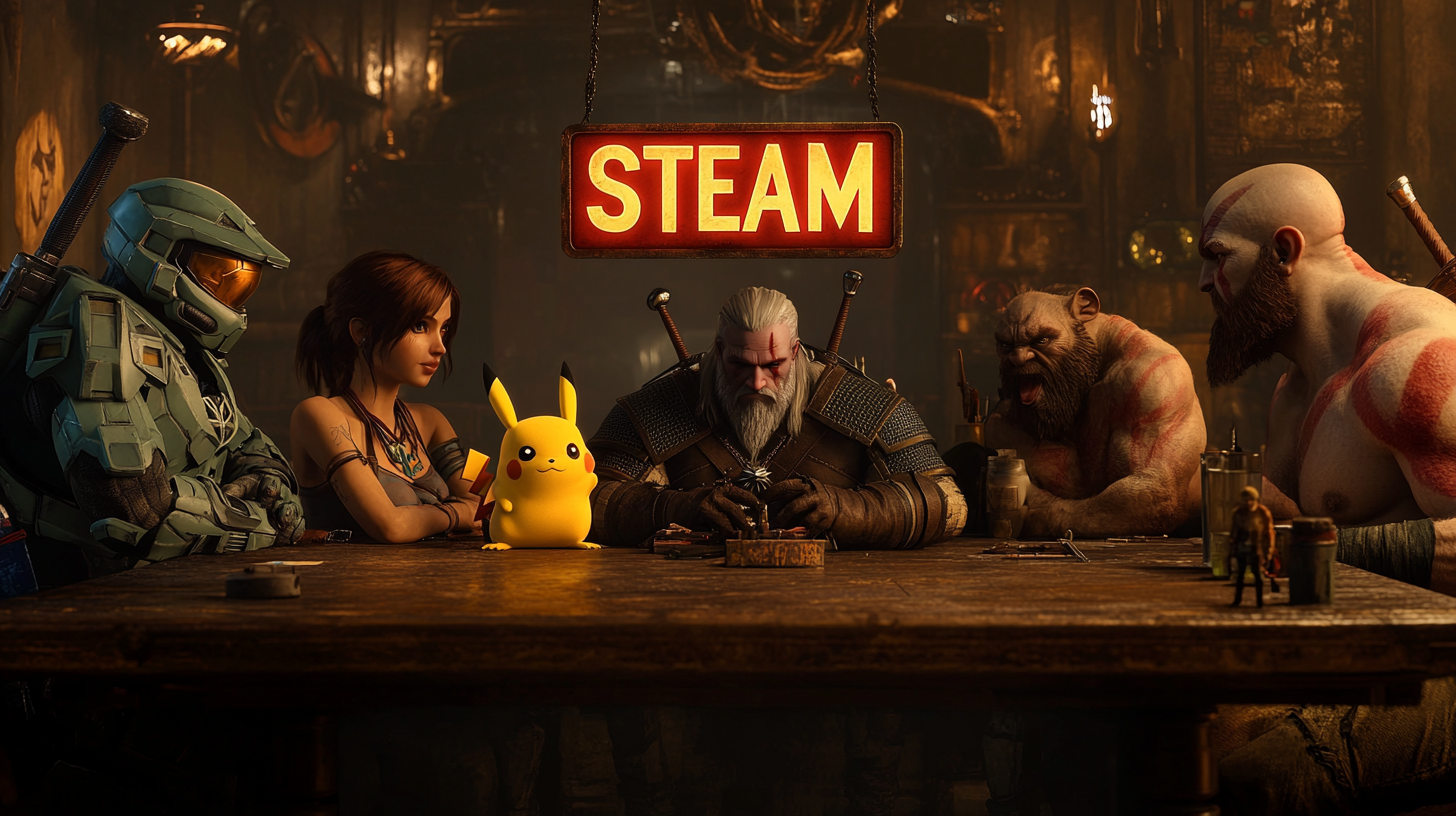Unveiled to the world in the year 2005, “Constantine,” both as a film and a character, stands as a living testament to the boundless potential inherent in the comic book genre, transcending the confines of its origin to manifest as a cinematic opus of unparalleled artistry. In the cinematic eye of director Francis Lawrence, this film artfully intertwines the strands of supernatural horror, detective noir, and religious mysticism into a visual tapestry, not only ensnaring the viewer’s senses but also profoundly giving emphasis to the eternal struggle between the forces of light and darkness.
Beyond its narrative profundity, it is the film’s visual and cinematic brilliance that vaults it into the echelons of cinematic masterpieces.
IMDB – https://www.imdb.com/title/tt0360486/
- The Enigma Unearthed
At the heart of “Constantine” lies a narrative that ascends above the conventional tropes of comic book storytelling. John Constantine, portrayed with enigmatic intensity by Keanu Reeves, finds his origins in the pages of DC Comics’ “Hellblazer” series. Constantine is a detective and exorcist, possesses the rare gift of sight into the realms of both heaven and hell. His dark, complex persona is a hallmark of the comic, and the film brings this character to life, masterfully blending the essence of the source material with artistic storytelling.
The film is set against the backdrop of a gritty, dystopian Los Angeles, where Constantine becomes ensnared in a covert cosmic war for the very souls of humanity. What elevates “Constantine” beyond the realm of ordinary cinema is its audacious exploration of themes that extend far beyond the parameters of standard action fare. It navigates the domains of religion, morality, and the supernatural with a grace that immerses the viewer in a reflective narrative. It is a narrative that beckons one to contemplate the essence of redemption and the enduring reverberations of one’s deeds. Through Constantine’s unyielding struggle against demonic entities, the film lays bare the complexities inherent in the dichotomy of good versus evil, impelling the viewer to reassess their own moral compass.
Hellblazer series – https://en.wikipedia.org/wiki/Hellblazer
- A Chaoitic Good Character
The character of John Constantine, both in the “Constantine” film and the original “Hellblazer” comics, encapsulates the intriguing duality of a chaotic good archetype. He is a character who teeters on the precipice between heroism and antiheroism, embodying qualities that are chaotic, yet fundamentally good-hearted. Constantine often defies societal norms, employs unorthodox methods, and frequently bends or even breaks the rules to achieve his goals. This chaotic nature makes him a maverick, challenging the established order.
On the other hand, his internal compass is unwaveringly oriented towards good. He fights against the forces of the supernatural world, many times, at great personal cost, driven by a genuine desire to protect humanity from evil. It is this complex interplay of chaotic tendencies and a resolute commitment to doing what is right that renders Constantine a character who, while capable of morally ambiguous actions, ultimately embodies the chaotic good alignment.
His imperfections make him all the more compelling, his own darkness againts striving to be a force for good in a world where the line between hero and villain is often blurred.
- Cinematic Virtuosity
Francis Lawrence’s directorial dexterity unfurls itself in all its glory within the tapestry of “Constantine.” His scrupulous attention to visual detail, harmoniously interwoven with the cinematographic artistry of Philippe Rousselot, conceives an evocative and atmospheric realm that mirrors the film’s somber and contemplative tone. The artful infusion of religious symbolism and iconography elevates the visual fabric, transforming it into a veritable symphony for the eyes.
Additionally, the film’s enduring allure lies in its timeless special effects. Creatures from the netherworld, summoned with startling authenticity, have withstood the test of time, ensuring that “Constantine” remains an aesthetic spectacle even in the context of contemporary cinematic advances.
- The Craving for a Sequel
While “Constantine” kindled the ardor of a dedicated fanbase, it left them yearning for more, tantalizingly hinting at a sequel yet unrealized. The intricate narrative, profound character development, and escalating cosmic conflict yearn for continuation. The world of “Constantine” teems with untapped narrative potential, inviting exploration into the labyrinthine corridors of Constantine’s enigmatic past, the intricacies of his relationships with other supernatural entities, and the expansive cosmological expanse in which he is embroiled.
Moreover, Keanu Reeves’s iconic embodiment of John Constantine has achieved a mythical stature since the film’s debut. His rendition has cultivated an ardent following, with the character’s allure maintaining a magnetic influence on contemporary pop culture. This resurgence presents an opportune moment to resurrect the character, allowing him to embark on fresh cinematic odysseys that delve deeper into the recesses of his multifaceted psyche.
- In Closing: A Resounding Call for Continuation
To sum up, “Constantine” (2005) transcends the conventions of comic book adaptations, emerging as a crowning achievement of cinematic artistry. Its narrative depth, coupled with visual splendor, bestows an enduring cinematic reverie upon viewers.
Amidst a landscape rife with cinematic rehashes and derivative narratives, the time is ripe for John Constantine to reemerge upon the grand stage of cinema. His quest, an unending battle against celestial machinations and the unraveling of cryptic enigmas, promises to reaffirm “Constantine” as a timeless cinematic masterpiece, a testament to the boundless frontiers of the comic book genre in the hands of visionary storytellers who dare to defy conventions and tread the uncharted paths of storytelling.
(Article image using Midjourney AI)






